Exploring Évora is a delight – and so much more than what is in the guidebooks! Try walking the city’s wall for a unique perspective on the historic centre of Évora – a UNESCO World Heritage Site.
Disclosure: This post contains affiliate links. If you buy something from one of our affiliates, we receive a small commission at no extra charge to you. Thanks for helping to keep our blog up and running!
Table of Contents
All about exploring Évora
To start with you should know that Évora lies only 110 kilometres (70 miles) east of Lisbon. It can be visited as a daytrip – not nearly as far off the beaten path Portugal as the prehistory adventures near Vila Real de Foz Côa.
But even though Évora is busy, there are many reasons why you should visit.
After Lisbon was destroyed by an earthquake in 1755, Évora became the brightest jewel of the golden age of Portugal – a period spanning from the late 1400s to the mid 1500s. It is the capital of Portugal’s Alentejo Province. The Historic Centre of Évora was made a UNESCO World Heritage Site in 1986.
The city’s roots go back as far back as Celtic times. It was dominated by the Romans and surrounded by a wall which was then reworked when the Moors took over. There are buildings dating from the medieval period.
But it was when the Portuguese kings began living in Évora on a regular basis that this jewel really began to shine. Its whitewashed buildings, red tile roofs, brilliant blue on white azulejos, and wrought-iron balconies were influential on Portuguese architecture – especially in Brazil.
Évora is called a museum city. Exploring it fully would take days. What happens when you only have one day, and you don’t want to spend the entire time inside exploring the city’s countless collections of historic artifacts?
You start out by walking the wall – with or without a map and/or guidebook!
Self-guided Évora walking tour
You could easily join a guided tour to tour the city, but we always like to take a different path. Our hostess at our accommodation kindly sat us down with a map of town on our first morning and marked down the best churches to visit, the best museums, the best restaurants…
But all we could see on the map was the wall.
I wonder…
How far it is around? Can you actually get up on the wall? Can you walk the entire thing?
We knew right away we were going to see if we could walk at least part of this massive fortification. It was built in part by the Romans, dates back to the 1st century, and was enlarged by Portuguese kings in the 15th century.
The wall is mostly intact. There are multiple portas or gates. It surrounds the medieval town of Évora. These walls and the Roman aqueduct are several of the key “must see” sites when touring Évora.
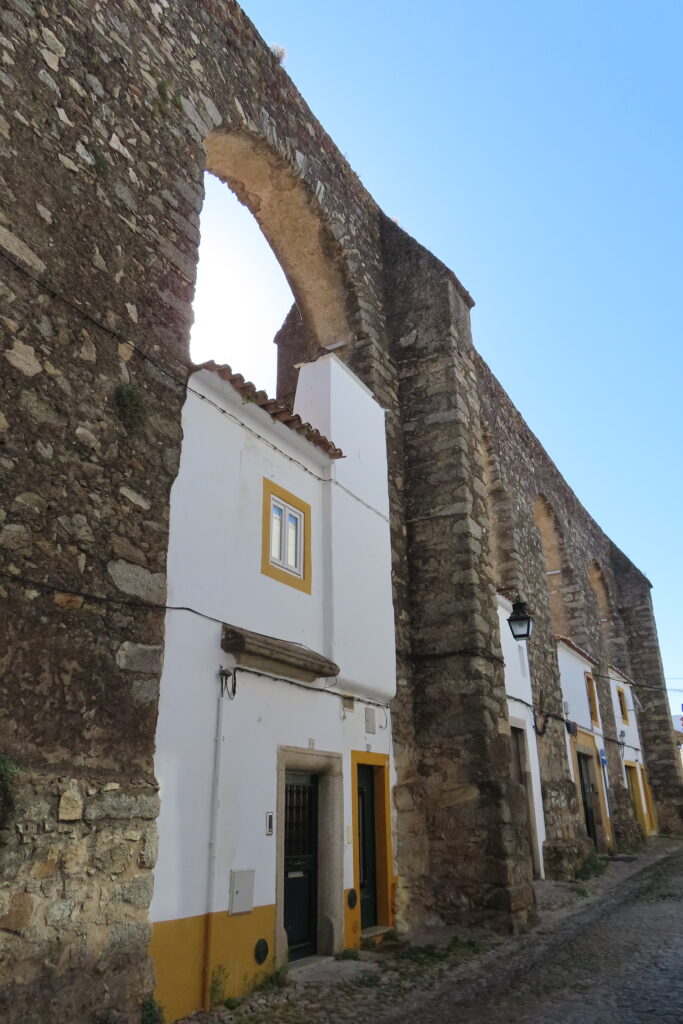
Getting lost
Half the fun of setting out on a mini adventure not clearing outlined on a map is that you will get lost…
… lost in the culture of the past and present.
If you’re ready to accept the challenge, try following in our footsteps.
With our hostess’s direction, we parked at the free parking lot next off the traffic circle just outside a gate. Looking at the map, we opted to set off in a clockwise direction.
We immediately came to the intersection of the wall and aqueduct with buildings tucked in the arches. Following the curve of the wall, we moved up the hillside and walked right into the Temple of Diana.
And then we lost the wall… found it… lost it … and found sites many tourists don’t even know exist in the UNESCO World Heritage Site that is the historic centre of Évora.
The wall is a challenge to follow – and most of the time we were beside it instead of walking on top. There was a bit of backtracking and dead ends, but it made for a fun couple of hours of wandering – with lots of photo stops and map consultation!
Total distance = ~ 6 kilometres (3.7 mi)
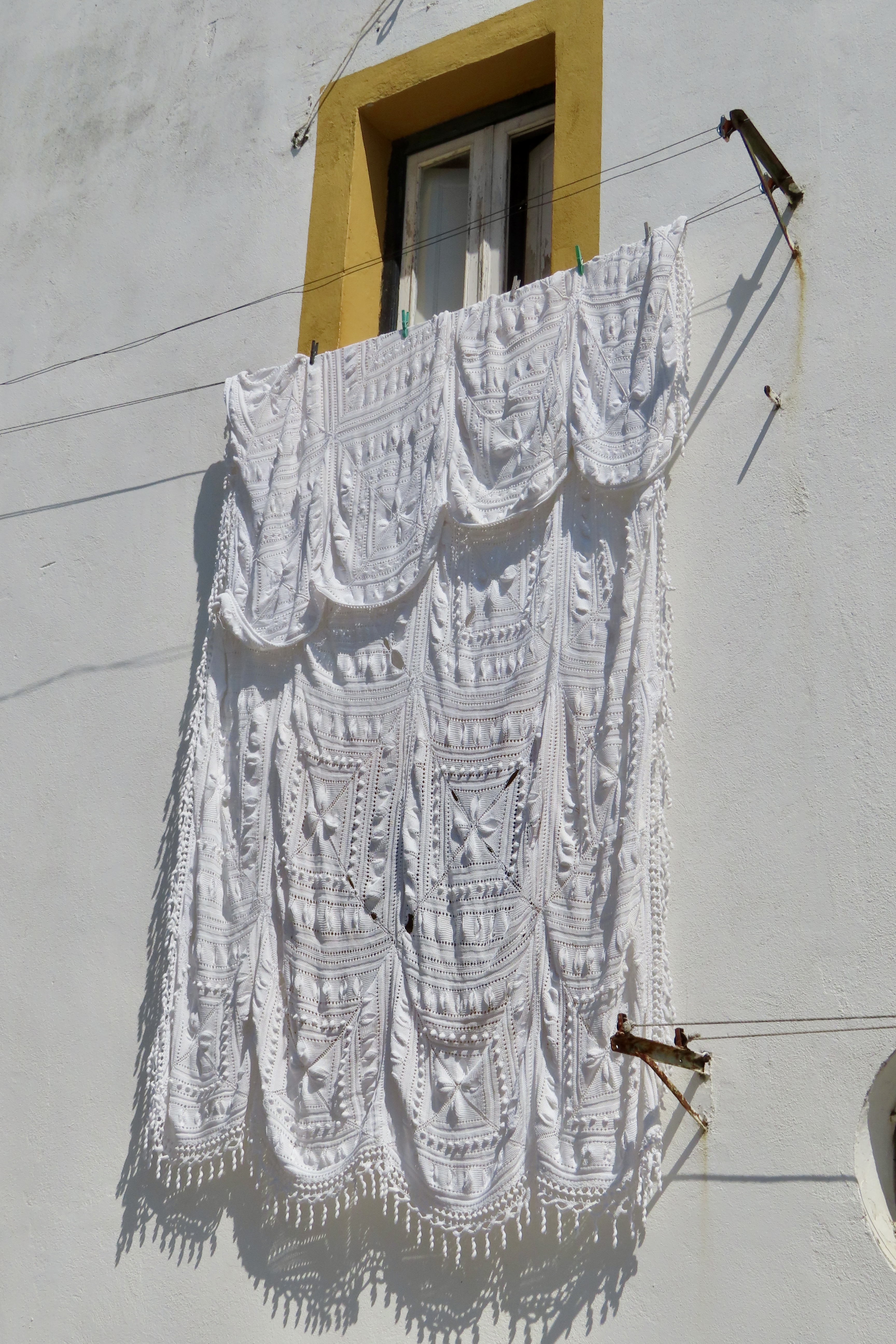
What can you see while exploring Évora?
Finding our way along and temporarily losing the wall, we came to the Roman Temple of Diana first. It dates back to the first century. Oddly enough, the temple was actually built in honor of Emperor Augustus.
How it came to be called the Temple of Diana is a mystery to which I do not know the answer. What I do know is that its intricate columns and solid stone base are a symbol of the city. It’s an essential stop for everyone visiting Évora.
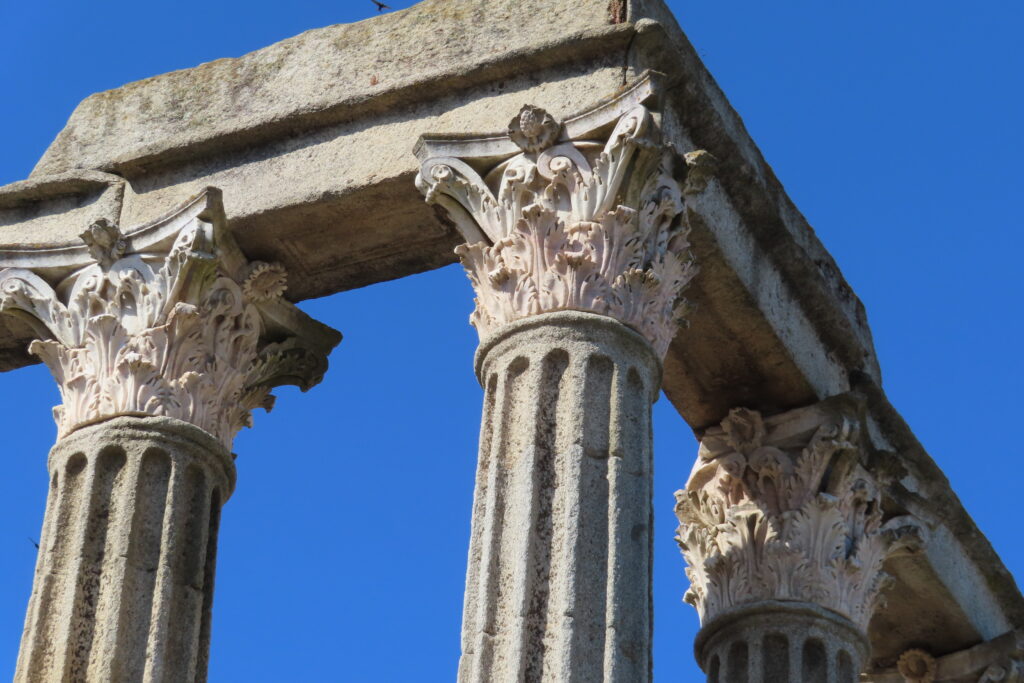
Small but beautiful Igreja de São João, which faces the Roman Temple, was founded in 1485 by one Rodrigo Afonso de Melo, count of Olivença and the first governor of Portuguese Tangier, to serve as his family’s pantheon. It is still privately owned, by the Duques de Cadaval.
Apparently Igreja de São João, is a must-visit, with incredible azulejos (tiles) lining the walls and an ornate golden altar. Sadly, it was closed during our visit, but we did appreciate the exterior before moving on.
A university, public garden and more wall walking!
Wandering the streets back down to the wall, we passed Évora University. Founded in 1559 – and expanded in the mid-1700s – it is the 2nd oldest university in Portugal. It preserves most of the original architecture, like an elegant Renaissance cloister and baroque tile panels in the classrooms. Although it is open to the public, we chose to keep wandering outdoors.
Following the street, we caught glimpses of the wall. In places it was completely incorporated into buildings and almost disappearing before coming back into full view. Rounding a corner near the hospital, we spied another gate and headed inside, loosely following the wall from street to street.
Eventually we ended up in at the entrance to Évora’s Jardim Público (Public Garden). It’s a gorgeous green space at the edge of the wall. We wandered past the 16th century Dom Manuel royal palace. A little further in, we mused over replica ruins built in the 19th century with stones from other historic sites. Above all, we enjoyed the antics of the resident peacocks.
From here is what easier to follow the wall, walking on its edge through the park to the next gate. We followed Rua da Penedos back to the main road leading up to Giraldo Square (Praça do Giraldo).
Up on the roof: exploring Évora’s cathedral
Adorned with medieval arches, Praça do Giraldo is a great place to sit and watch the ebb and flow of humanity as you take a break inside the walls. You’ll find the tourist office, cafes, and plenty of architectural elements to admire.
Walking up from the arches directly across the square from the tourist office, a narrow street leads up to the cathedral – Sé de Évora. It is the largest medieval cathedral in the country and the rooftop is the highest point in the city.
After paying our entry fee of 5 Euros to tour the tower, cloister, and museum, we headed up to the tower. It’s 38 steps up a narrow, single person circular staircase – watch for the green light above before starting out; red means someone could be on the way down!
The views, architecture, and atmosphere are magical up on the roof. We didn’t want to come back down. But down we came, around the garden level of the cloister and then up another short circular staircase to its rooftop.
Last stop was the museum – which we both found dark and disappointing with small rooms (once monk cells) full of gold, silver, jewels, and religious art. Note: you can buy a ticket for 4 Euros that does not include entrance to the museum. I’d go that route next time.
When you set out to explore Évora
Our day was perfect, but there was so much we missed. Chapel of Bones – a display of human bones and skulls – is one of the city’s most visited attractions. The former archbishops’ palace, now the Évora Museum, is full of art and artifacts of national interest. A plain façade hides the treasures of a gold-covered altarpiece, and walls lined with beautiful azulejos inside the Igreja da Misericórdia.
And apparently it is possible to walk for about 8.5 kilometres (5.3 mi) one-way alongside the Aqueduto da Água de Prata. This stunning aqueduct was completed in the 1530s. It was designed by the same architect responsible for Lisbon’s Tower of Belém, Francisco de Arruda. The tourist office has maps.
We stayed about 4 km (2.5 mi) outside the city walls at Quinta da Espada and highly recommend it.
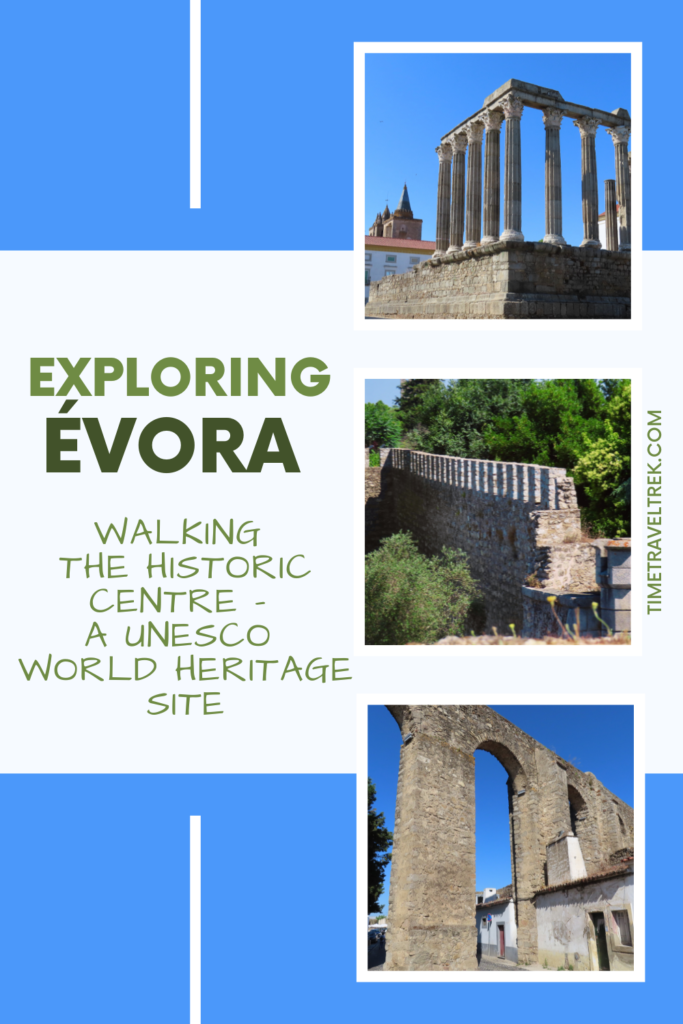
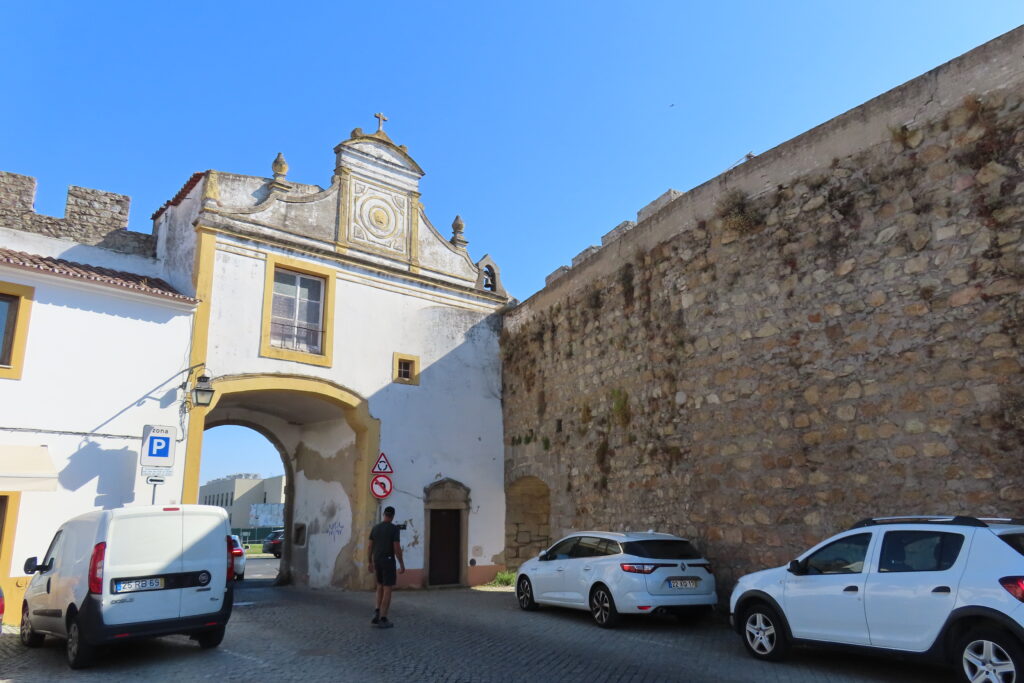
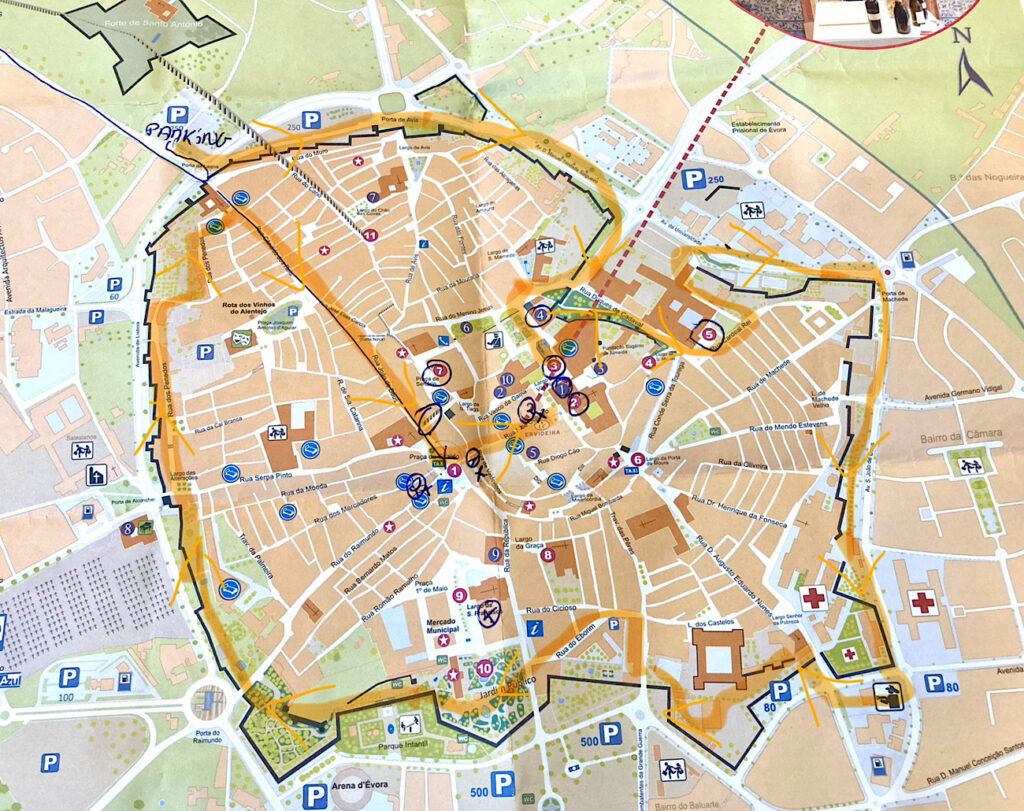
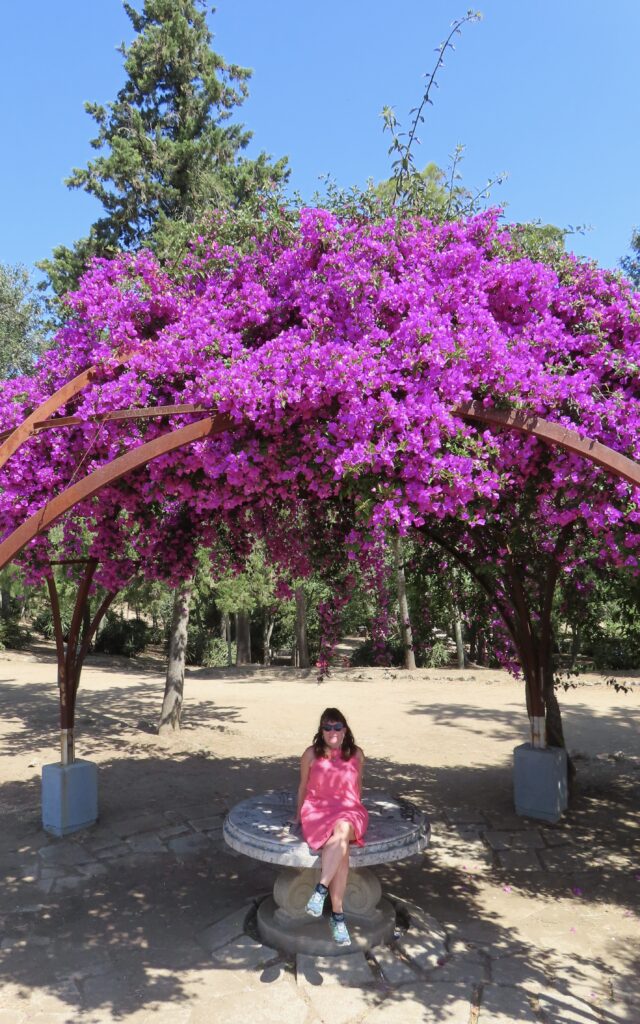
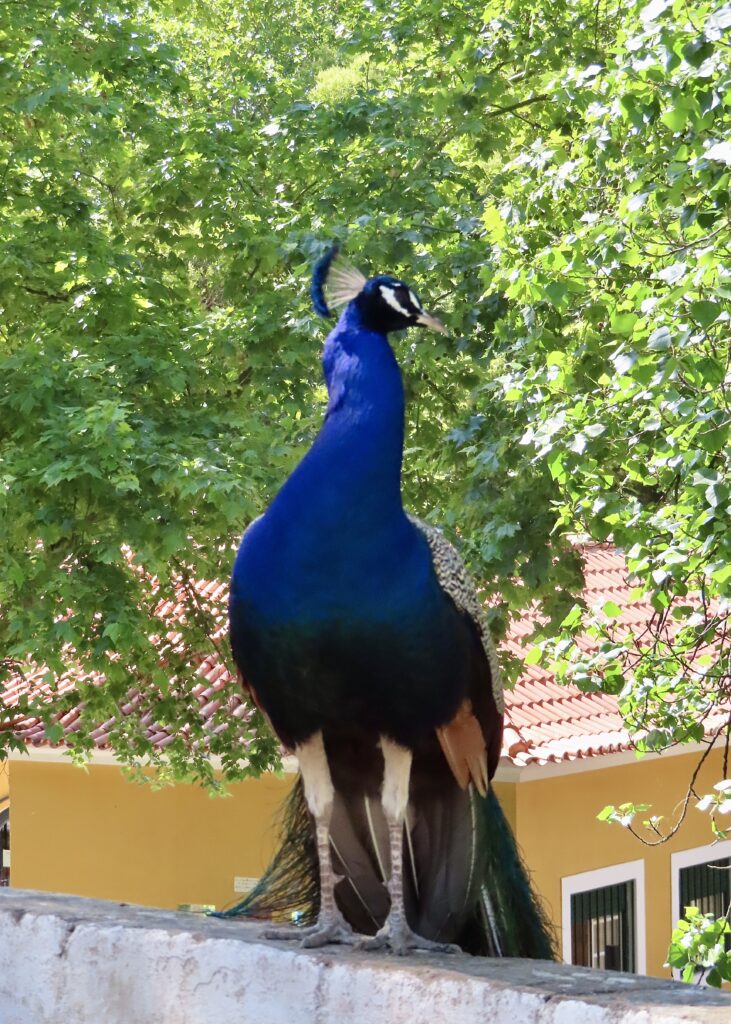
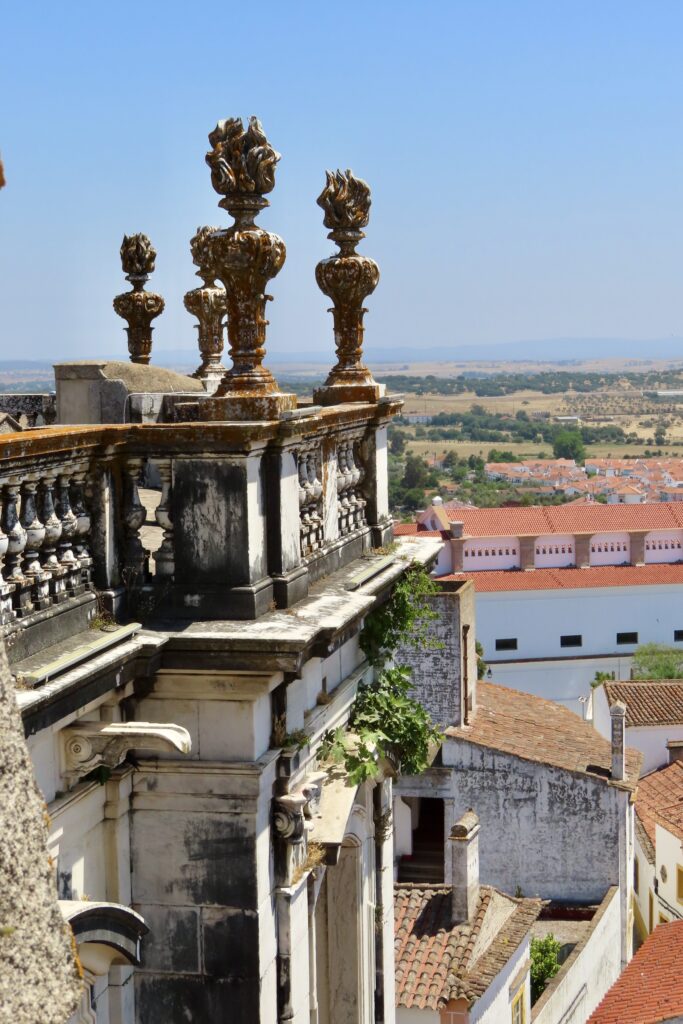
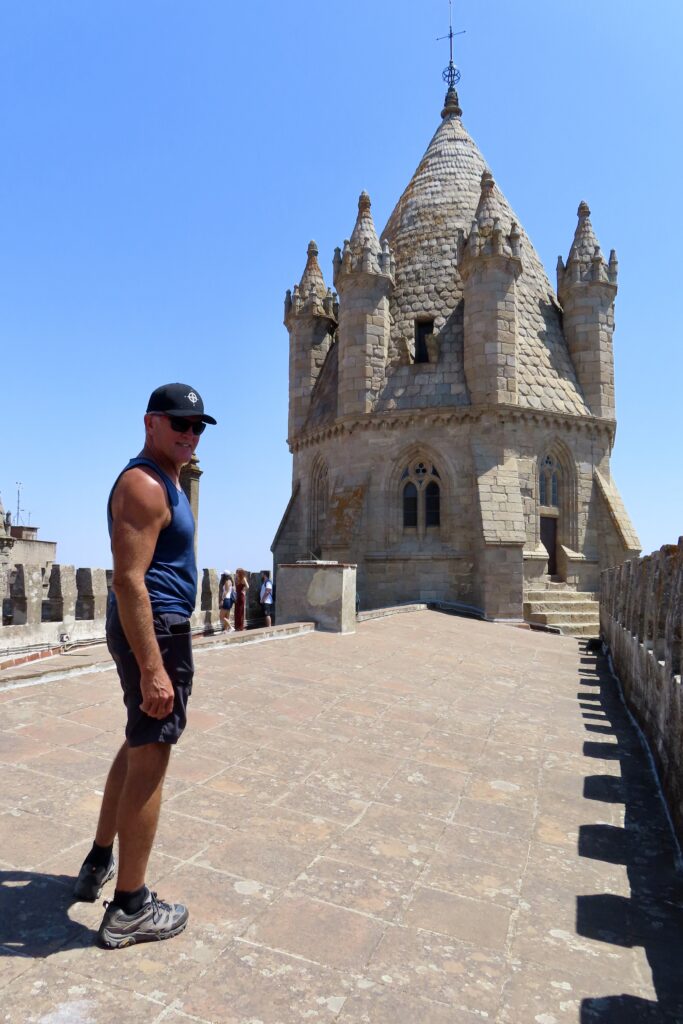

Leave a Reply